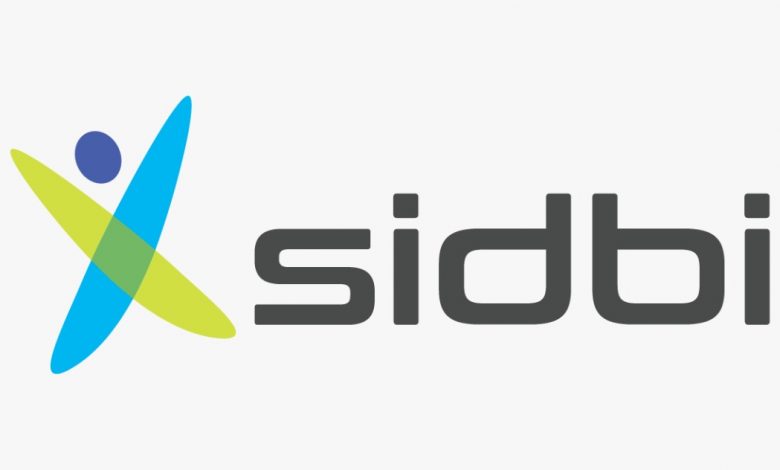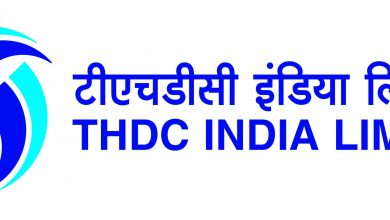Textiles & Apparels Industry Got Credit Of Rs.1.62 lakh Crore As Of December 2020 : SIDBI-CRIF

Small Industries Development Bank of India (SIDBI), the principal financial institution engaged in the promotion, financing and development of Micro, Small & Medium Enterprises (MSMEs), and CRIF High Mark, a leading Indian credit bureau today, launched its third edition of Industry Spotlight that analyses the ‘Indian Textile and Apparels’ industry.
Credit landscape in the Indian textile and apparels industry
According to the report, the total amount of credit availed by the sector as of December 2020 stood at Rs.1.62 lakh crore, which witnessed a Y-o-Y decline of nearly 20%. This is due to the suspension of manufacturing activities in the immediate aftermath of the COVID-19 lockdown in March 2020. The report also states that the number of active loans (volume), in the sector stood at 4.26 lakh, as of December 2020.
The industry observed a quarterly decline in Non-Performing Assets or NPAs (proportion of credit value delinquent by 90+ days) over the last 2 years, from 29.59% in September 2018 to 15.98% in September 2020. NPAs in December 2020 increased by 0.94% which is nearly 8% lower than NPAs in December 2019.
Export earnings from the sector dropped as of December 2020
Over the years, apparels have contributed to a majority share of exports, followed by home textiles and fabric. However, as per the third edition of the Industry Spotlight, export credit as of December 2020 stands 25% lower Y-o-Y, largely attributable to a decline in exports due to the pandemic.
MSME borrowers have a lion share of the overall credit by volume
With 95% of the overall credit by volume of the sector concentrated in micro, small and medium segment of borrowers, the industry has a presence of close to 5 lakh borrowers as of December 2020.
Geographical insights on top textile hubs
At the state level, Maharashtra has the largest share of the credit portfolio at 25% of the credit book to the sector.
The report emphasizes that the top thirteen regions rich in textiles and apparels manufacturing accounted for 80% of the credit portfolio of the sector as of December 2020. Nearly all states have districts manufacturing textiles and apparels, having several credit active units. Some districts such as Mumbai and Surat have more than Rs. 10,000 crore credit portfolios as of December 2020.
Shri Sivasubramanian Ramann, Chairman and Managing Director, SIDBI said, “The Textiles and Apparels industry in India is one of the oldest and largest sectors of the Indian economy and critical to the country’s employment story. The sector is the fifth largest in exports, contributing to 12% of the country’s export earnings and 2% to GDP. India is a world leader in textiles and possesses the entire manufacturing value chain. The Union Budget 2021-22 has taken into consideration the needs of all sectors of the economy in the quest for the $5 trillion economy and accordingly, in order to enhance India’s textiles competitiveness globally, the scheme for Mega Integrated Textile Regions and Apparel Parks (MITRAs) was announced that will create world class infrastructure with plug n play facilities for the domestic market to showcase steep recovery.”
Mr. Navin Chandani, MD & CEO, CRIF India, said, “Despite the pandemic, the top thirteen regions active in textiles and apparels manufacturing constituted 80% of the credit portfolio as of December 2020. In India, each state has a unique contribution to the apparels and textile sector. The Government of India announced a special economic package in May 2020 under the Atmanirbhar Bharat program that is set to benefit the large number of small-scale entities, including the weavers and artisans across the country. The right policy interventions, abundant availability and fair access to raw materials along with the surplus available labour can further boost the development of this crucial sector.”
Lender profiles for the Indian textile and apparel sector
Public sector banks are dominant lenders in providing finance to the sector with a share of 62.61% in volume as of December 2020. The share of private banks, NBFCs and foreign banks were 23.49%, 8.66% and 1.41%, respectively. By value, private banks have the largest share at 40.54% followed by public sector banks with 36.59%, foreign banks comprising of 9.14% and NBFCs with 8.47% as of December 2020.
About Industry Spotlight Report: Industry Spotlight is a series of quarterly reports providing data and trends on industry sectors in each edition, introduced with an aim to help policymakers with the real time data that can be useful to frame policies. It analyses the credit landscape of the sector, major lenders, sectoral composition and borrower segments along with its risk analysis. The report entails an analysis of credit flow at cluster level while factoring the state of MSMEs in the respective cluster. The first volume was launched in September 2020 with a focus on the Indian Drugs & Pharmaceutical Industry followed by Indian Auto & Auto Components Industry which was released in January 2021.




